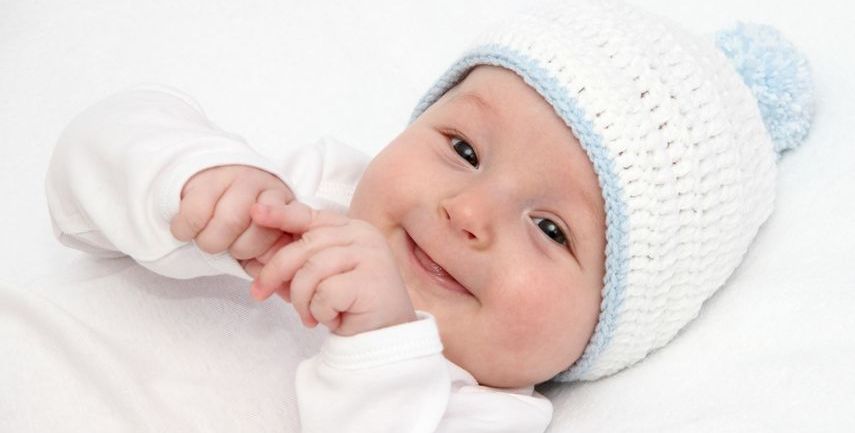In Vitro Fertilisation (IVF) is a medical procedure that many couples and individuals turn to when they are facing fertility issues. In fact, 1 in 6 couples will need some form of fertility assistance in their life time. Whilst there are treatment options other than IVF, such as ovulation induction and intra uterine insemination, IVF is certainly the most talked about of these treatment options.
The procedure of IVF has many advantages for a couple with infertility problems, however, like all medical procedures, it also has some disadvantages and risks. Before embarking upon an IVF cycle, it is extremely important that a couple or individual understands what the advantages and disadvantages are and as such, they need to see a fertility specialist who can outline the entire process for them, so informed decisions can be made.
Advantages Of IVF
A successful pregnancy and a healthy baby born are, of course, the biggest advantages of undertaking an IVF procedure! However, this outcome is not going to be the same for everyone who goes through IVF. Unfortunately, IVF is not the answer for everyone.
Another advantage to IVF is that it can be used to help bypass problems with a woman’s fallopian tubes. IVF was first pioneered for this very reason so women who had tubal damage or blockages could still have children of their own.
Confirmation of fertilisation is also an advantage of having IVF treatment. For some people, the cause of their subfertility is labelled as ‘idiopathic’ (a technical term for unknown). In instances such as this, it is possible that there may be a problem with the egg and sperm interacting in the normal way, preventing an embryo from being created. If the sperm and egg do not interact in an IVF cycle and no embryos are created, this is called a ‘failed fertilisation’. Whilst this is devastating for the couple, it can also provide some answers as to why they have not had success in achieving a pregnancy naturally in the past.
Should a failed fertilisation be the result, then the next step would be for the couple to consider having another IVF cycle, but this time try intracytoplasmic sperm injection (ICSI) as the method of fertilisation. If this treatment fails to produce fertilization, then it is time for the couple to reassess their options with their fertility specialist. With the advent of IVF using ICSI, men who have had a vasectomy or have a very low sperm count now have the potential father children that are biologically theirs.
IVF can also be used as a treatment option enabling any embryos that are created, to be tested for some abnormalities before they are transferred into the uterus (womb). In some instances, couples can be at risk of having children born with conditions such as Down’s Syndrome or Cystic Fibrosis, and using IVF with pre-implantation genetic diagnosis (PGD) or comparative genomic hybridization (CGH), the incidences of these conditions can be reduced.
Disadvantages Of IVF
A clear disadvantage with IVF is that success is not guaranteed. In fact, less than 50 percent of all couples starting an IVF cycle will achieve a pregnancy. Of those who do become pregnant, not all of the pregnancies will result in a baby: A little over 25 percent of IVF cycles started, result in a live birth.
Another disadvantage of IVF is because the process involves an operative procedure, there are the associated risks of infection, anaesthetic risks and haemorrhage. Ovarian Hyperstimulation Syndrome (OHSS) is also a risk that is only associated with treatment where the ovaries are stimulated through the use of medications, to make multiple eggs. This of course is what happens in IVF and as such, OHSS is a risk for patients undergoing this treatment.
Many people would not consider the prospect of multiple pregnancies a disadvantage of IVF. However, many couples are unaware of the serious nature of the risks of multiple pregnancy, and the frequency with which these complications can occur. If you transfer more than one embryo, there is a chance that all of the embryos will implant, leading to multiple pregnancies. In Australia, clinics are leading the way in reducing the incidence of multiple pregnancies as a result of IVF by only transferring a single embryo on the majority of cases.
IVF can also be an expensive medical procedure, and if you have access to Medicare entitlements, some of the costs of IVF are subsidised, but there are still out of pockets expenses that come with IVF treatment. And whilst private health insurance may cover the hospital admission, the total out of pocket cost to a couple depends on each individual’s situation. There are lower cost options available for IVF that you might consider exploring.
Embryo Transfers
As previously mentioned, with any medical procedure there are possible risks involved, and the embryo transfer procedure is no exception. Sometimes, despite all best efforts, embryos can implant in the wrong place (i.e. the fallopian tubes), which results in an ectopic pregnancy. This can quickly become a life threatening situation requiring urgent surgery. In many cases an embryo transfer will not result in a successful implantation, despite everything being as optimal as possible.
IVF procedures have been performed for more than 30 years now, with the first human baby being born in 1978. During this time scientists, nurses, and fertility specialists have been constantly developing new medications and medical procedures to increase the IVF procedure’s success rate, while minimizing the risks of complications associated with the procedure. Despite this constant review and the advent of new technologies, there are still risks and disadvantages associated with this treatment option.
Feel free to contact Fertility Solutions nurse manager Denise Donati to determine if the IVF procedure is the right option for you. You may also request a free consultation where you and your partner can get all of your IVF questions answered in a comfortable, relaxed setting.

